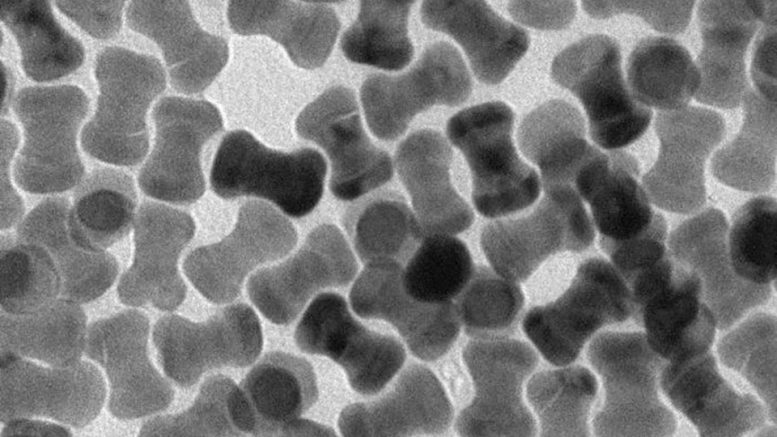
NUS researchers have developed a method to give more control to optogenetics, by using specially designed nanoparticles and nanoclusters (dubbed ‘superballs’). These nanoparticles and superballs can emit different colors of light when excited by lasers at different wavelengths. The novel nanoparticles fluoresce either red or green depending on the energy of infrared light used to excite them. These different colors of light can then be used to trigger specific biological processes. Credit: National University of Singapore
New nanoparticles can adjust the beating speed of heart cells by emitting different colors of light. Light from nanoparticle clusters was also able to activate anticancer drugs within cells.
The biological technique of ‘optogenetics’ uses light to control cells within living tissues that have been genetically modified to be light-sensitive. However, there is limited control of processes like this, as the light can activate several genes at once, and deeply penetrating light is often needed to reach the genes in living tissues.
Now, researchers from NUS have developed a method to give more control to this process, by using specially designed nanoparticles and nanoclusters (dubbed ‘superballs’). These nanoparticles and superballs can emit different colors of light when excited by lasers at different wavelengths. These different colors of light can then be used to trigger specific biological processes.
To activate light-sensitive genes, the team led by Professor Zhang Yong from NUS Biomedical Engineering used the nanoparticles and superballs to ‘upconvert’ near-infrared (NIR) light to higher energies of visible light. Since NIR light is deeply penetrating, this approach may be used for many deep-seated tissue treatments.
Nanoparticles to control heart rate
Prof Zhang and his team invented new nanoparticles that emit either red or green light, depending on the wavelength of the NIR radiation used to excite them. The nanoparticles radiate red light when excited by a laser beam with a wavelength of 980 nanometers, and green light when the laser beam’s wavelength is decreased to 808 nanometers.
In addition to being two different colors, the light emitted from these nanoparticles can be used for bi-directional activation. This is different from current optogenetic therapies using nanoparticles, which can only activate in a monodirectional fashion. “As such, we can intricately manipulate a biological process, or some steps in the process, in different directions or programmatically,” explained Prof Zhang.
The researchers showed that it was possible to use these particles to control the beating rate in modified heart-muscle cells. By optically controlling two light-activated channels known as Jaws and VChR1 in the same cell, they were able to alter the speed of the heartbeat. The red light slowed down the heart rate, and the green light sped it up.
These nanoparticles consist of an inner core that is rich in erbium, surrounded by layers of ytterbium and neodymium-doped materials. “For generating such orthogonal fluorescence emissions, we usually need to dope multiple lanthanide ions into the nanocrystals. In our study, this is achieved by using one ion only.” This innovation from the researchers ensures that the orthogonal emissions all come from erbium ions.
In regards to this material breakthrough and application innovation, Prof Zhang said, “This demonstration provides a major step forward towards programmable multi-directional pathway control, and also offers intriguing opportunities for applications in many other synergistically interactive biological processes such as diagnostics and therapies.”
The results of this study were published in the journal Nature Communications on September 27, 2019, and were reported as a Research Highlight on October 4, 2019.
Superballs to activate anticancer drugs
In addition to the novel nanoparticles, Prof Zhang and his team recently synthesized clusters of two different nanoparticles which they named ‘superballs’. In a similar way to the novel nanoparticles, these superballs emit different colored light when excited with different wavelengths of NIR radiation. They radiate red light when excited by a laser beam with a wavelength of 980 nanometers, and UV/blue light when the laser beam’s wavelength is decreased to 808 nanometers.
These novel superballs were then used to enhance a photodynamic cancer treatment procedure.
When the superballs were energetically excited to radiate red light, they were able to enter a cell. Next, they were excited to radiate UV/blue light to increase the cell’s sensitivity to reactive oxygen species. Finally, they were excited to radiate red light again to activate photosensitive drugs to produce reactive oxygen species. These reactive oxygen species can then induce the killing of tumor cells.
With this research breakthrough, the NUS scientists have developed a simple, user-friendly method for synthesizing these superballs. The shape, size, and even the excitation/emission wavelengths of the superballs can be modified depending on the application needed.
The results from this study were published in Nature Communications on October 8, 2019.
Next steps
The applications of these nanoparticles and superballs are numerous. “This will be of interest to biologists and clinicians in different fields, especially those working on phototherapy, including photodynamic therapy, photothermal therapy, light-controlled drug/gene delivery, and optogenetics,” said Prof Zhang.
For the next stages of research, Prof Zhang explained, “Ultimately, the objective of this project is to use wireless electronics together with nanoparticles for enhanced photodynamic therapies which can treat large tumors in deep tissues.” As such, the researchers will continue to develop novel materials and invent innovative applications in this area.
References:
- “Manipulating energy migration within single lanthanide activator for switchable upconversion emissions towards bidirectional photoactivation” by Qingsong Mei, Akshaya Bansal, Muthu Kumara Gnanasammandhan Jayakumar, Zhiming Zhang, Jing Zhang, Hua Huang, Dejie Yu, Chrishan J. A. Ramachandra, Derek J. Hausenloy, Tuck Wah Soong and Yong Zhang, 27 September 2019, Nature Communications.
DOI: 10.1038/s41467-019-12374-4 - “Upconversion superballs for programmable photoactivation of therapeutics” by Zhen Zhang, Muthu Kumara Gnanasammandhan Jayakumar, Xiang Zheng, Swati Shikha, Yi Zhang, Akshaya Bansal, Dennis J. J. Poon, Pek Lim Chu, Eugenia L. L. Yeo, Melvin L. K. Chua, Soo Khee Chee and Yong Zhang, 8 October 2019, Nature Communications.
DOI: 10.1038/s41467-019-12506-w

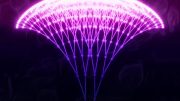
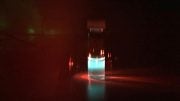
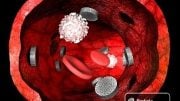
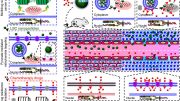
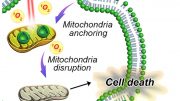
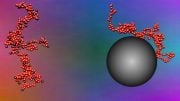
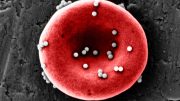
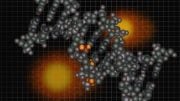
Be the first to comment on "Intricate Control of Biological Processes With Glowing Nanoparticles and Superballs"